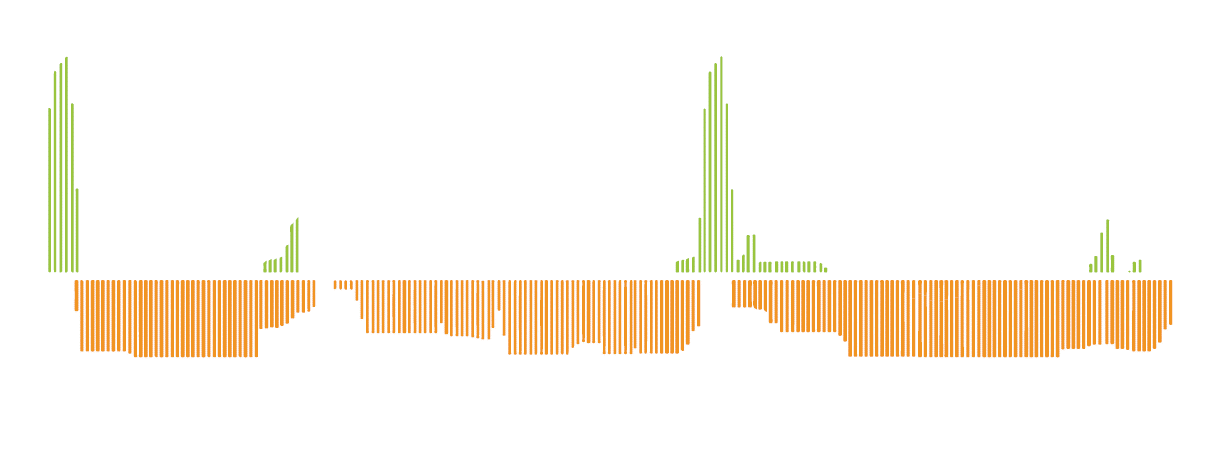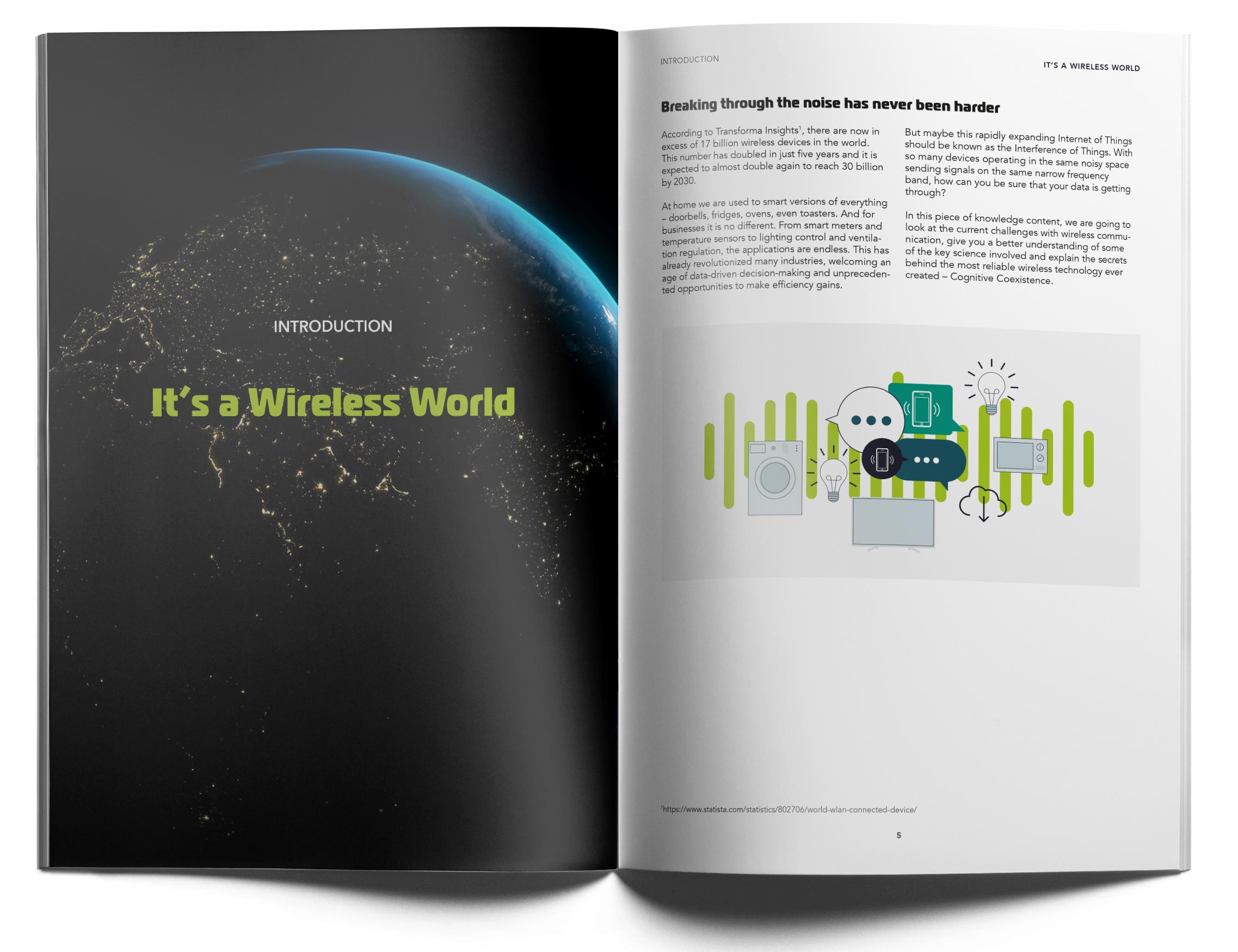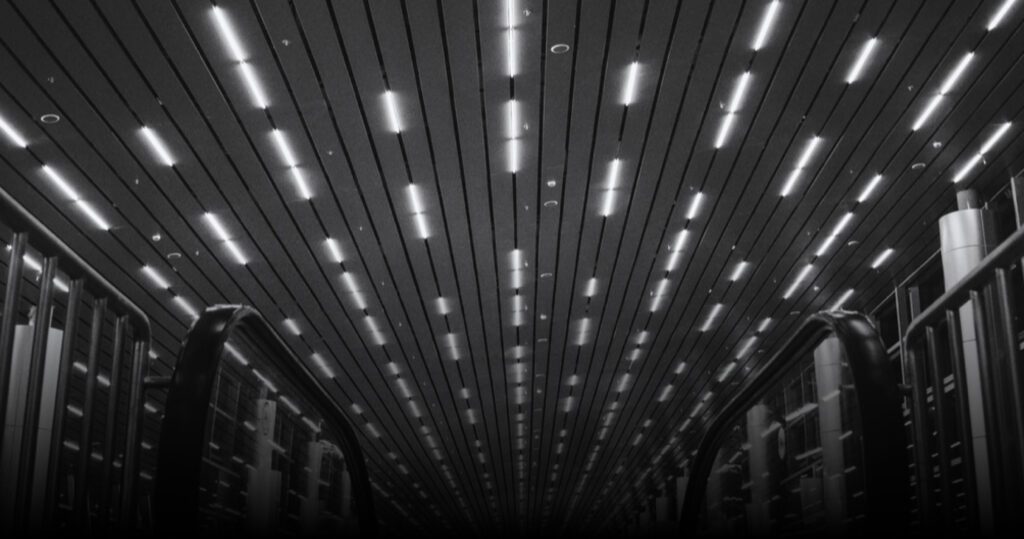What makes W-DALI so reliable?
W-DALI – like all of LumenRadio’s wireless control solutions – is built on a unique technology. It is a technology which is so effective that it is relied upon by film producers, concert organisers, building owners and industry giants the world over.
To understand what makes this wireless tech so trustworthy, we have to go back to 2012 and visit one of the world’s largest festivals – Coachella.
Making the impossible possible
The Coachella organizers had a simple yet challenging request – they wanted to sync the lighting on the stage with a set of huge searchlights right at the back of the site over half a kilometer away. There was no way cables could be laid over that distance through the entire crowd to the stage, so LumenRadio was asked to link the lights wirelessly. In this instance, we are talking about replacing DMX cables – the standard protocol for entertainment lighting – with a wireless DMX signal.

Wireless lighting control over that distance is one challenge. But it becomes even more testing when you add tens of thousands of people in between, all with smart phones – and all using a free wifi service which was not allowed to be interfered with.
LumenRadio was able to offer an alternative to those DMX lighting cables with a wireless signal which did not fail. Not only did it sync the lighting to fractions of a second in locations hundreds of meters apart but it did so in an area completely crowded with other wireless traffic and without causing any interference to other devices.
The benchmark for wireless lighting control
Since then, LumenRadio’s wireless DMX has been adopted as the de facto standard for wireless lighting control by the entertainment industry. It has been integrated into dozens of lighting products and has been used in countless film, TV, stage and music productions.

The real genius is that the same technology which enables interference-free, rock-solid wireless performance for entertainment lighting is now also being applied to indoor lighting for offices and commercial buildings. Here a different cable protocol is used – DALI rather than DMX – so instead of replacing the DMX cable, LumenRadio replaces the DALI cable with a completely reliable wireless alternative called W-DALI.
Introducing Cognitive Coexistence – the secret behind the technology
The growing problem which wireless devices face is that they are operating in the same space – and using the same frequency band – as every other wireless product. The more devices there are, the more crowded the frequency becomes. The result is a worsening in the quality of service or loss of service altogether, as everyone fights to send their signal over the same frequency at the same time. The answer is Cognitive Coexistence.
Cognitive Coexistence is a term we use to describe the shared technology platform on which our wireless control solutions, like W-DALI and W-DMX, are based. It is the reason lighting can be controlled wirelessly at huge events such as Coachella.
It works by predicting and finding the best channel to communicate on even where there are thousands of other wireless devices in operation. It then hops to the least busy – and therefore optimal – frequency space, at a rate of milliseconds.

This means that LumenRadio products, like W-DALI, can co-exist with other wireless technologies without causing interference or being interfered with. The result is a consistently reliable wireless signal which operates in even the most demanding environments.





